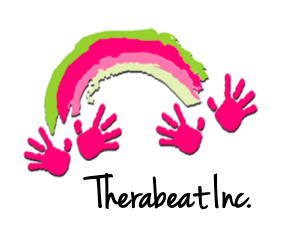Anxiety related disorders are being diagnosed at higher rates than ever before. 18.1% of adults in the United States are diagnosed with Generalized Anxiety Disorder making it the most common mental illness in the U.S. Unfortunately; only 36.9% of those suffering are receiving treatment. (Anxiety and Depression Association of America)
In 2015, Gutierrez and Camarena completed a study on using music therapy with generalized anxiety disorder. They took a slightly different approach than previous studies by including active and receptive music therapy interventions. The receptive interventions meant the participants weren’t involved in the music making. During the active interventions they used their voices, bodies, or musical instruments to participate in the creation of the music.
The study utilized receptive MT first and focused on stimulating patients to identify their problematic symptoms. The music therapy then shifted to active while the participants engaged in emotional expression exercises. Lastly, the music therapy was used to address issues such as self-esteem and assertiveness before final processing and conclusions.
This study found that those participating in music therapy alongside their conventional pharmacological treatment had significant positive effects. Their anxiety significantly decreased on two different assessments used by the researchers.
This study is unique in that it specifies how music therapy was used throughout the progression of the sessions. Music therapists can use this information to inform their clinical choices and better serve their patients.
-Lauren Booke, Music Therapy Intern
Gutierrez, Octavio Flores, & Camarena, Victor Andres Teran. (2015). Music therapy in generalized anxiety disorder. The Arts in Psychotherapy 44, 19-24.






